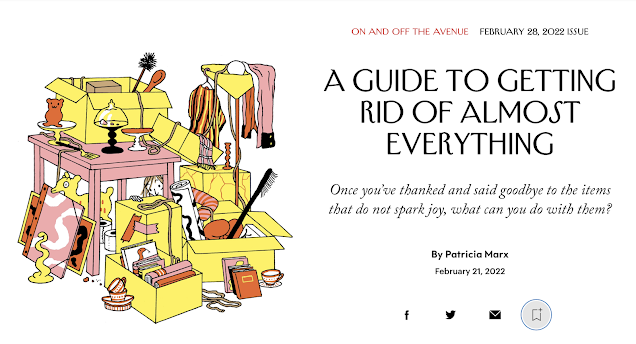Jewellery: Oysters times three
I've done a couple of repairs lately, because it felt like a good time to support local artisans and liberate good pieces from their boxes. Working a little theme here, today.
Oyster, as in watch
I've always liked watches, especially the old manually-wound ones; replacing a battery or popping in new works is easy, but has no skill factor. A watchmaker's bench looks like a jeweller's; they apply similar skill and attention.
I was lucky to find a Montréal watchmaker who could rehab my 50-year old manual "Oyster" watch, which had been unworn for at least fifteen years, because Rolex informed me that they had stopped repairing watches made before the early '80s and did not keep an inventory of parts. Boo to this brand, who still claim "We strive to build you a watch that lasts a lifetime".
The winding stem had broken off, the works sputtered, and the 'oyster' waterproof case was loose. One sorry watch! I asked Chris Marcellin of Watchtyme in Montreal's St-Henri neighbourhood to keep it ticking as long as me. He impressed me immediately by both his professionalism and his palpable passion for restoration.
All the work was done internally so a before/after photo would look the same, but here is the old girl; I trust him for periodic tune-ups.
 |
| Mechanical watch ca. 1975 |
He found a mainspring in England, overhauled the works and buffed the case until it looked new. The restoration cost one and a half times as much as the than the original watch, but it's deeply satisfying to give well-made old things another life.
Oyster, as in pearl:
Second: Sophie of SophieStringsPearls found six large blue akoya baroques to replace damaged, patchy pearls on my thirty-two year old necklace. You've read here—somewhere— my warning that replacing a few old pearls in a strand is close to impossible; and I eat my nacre-covered words: she did it!
An extra pleasure was meeting Sophie for an apéro to take delivery. She brought some of her current creations, and every feminine eye in that packed bistro slid over to see them.
Oyster, as in "the world is your..."
Three of the four above are for sale (mine are lower right). Here's what she showed me:
Left: The 26-inch necklace of large (8mm-8.5mm) ivory akoyas was an auction find and example of what quality Japanese akoyas were known for thirty years ago: thick nacre that withstands time. They have a sensuous heft, and are not uniform rounds; off-rounds and baroques also nestle into the strand. Their romance is like a swath of velvet; this shot shows off their lusciousness. Price, $CDN 1, 380.
Top right, two mixed-size akoya necklaces:
1. Foreground: A 26-inch strand of natural colour (3mm-6mm) pearls, strung on golden yellow silk with a 14k barrel clasp. Price, $CDN 1, 790. Akoyas of this quality have become hard to find.
2. Background: A similar necklace perfect for layering, but with enough presence to star on its own; price, $1, 530.
It might as well be spring
Many current pieces did not ride along to our meeting, so check the site! Sophie, like me, also loves vintage beads, and stashes her finds until the right pearls come along. Essence of spring, you have to see it!
An 18-inch necklace of 9.5mm-10mm baroque/oval CFWs with soft purple flower beads and silver lobster clasp. Price, $CDN 290. Gently charming on anything you wear it with.
Sophie herself falls in love with the pearls she finds, and I can attest to the same. I walked home in the twilight, delighted to wear my recovered strand and grateful to find Sophie, one of the rare jewellers who not only designs but also restores and restyles pearls.






Comments
I am fascinated with the 'fireball' pearl - have no knowledge of these and am so curious about exactly how a second nucleus is inserted into the sac to get this formation? ????
The fireball-shape pearls are usually the result of a second harvest. Pearling mollusks can be nucleated and harvested more than once, I believe up to three times in some cases. The pearls typically get bigger, I would imagine due to more room in the pearl sac, though not always better. As far as I know the quality can be reduced by the third harvest. The extreme baroque shapes and fireball "tail" you see are actually a mold of the inside of the mollusk!